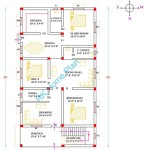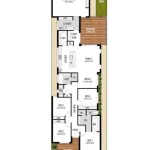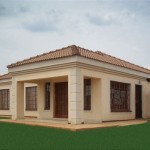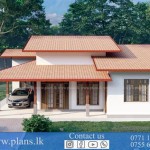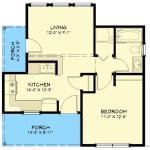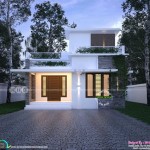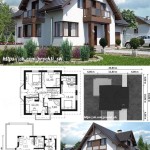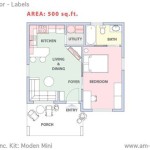Exploring the Essential Aspects of Cob House Plans: A Comprehensive Guide
Cob, a mixture of earth, clay, sand, straw, and water, is an ancient and sustainable building material renowned for its durability and energy efficiency. Creating a cob house requires careful planning, and cob house plans are essential for guiding the construction process. These plans provide detailed instructions, ensuring a strong and well-crafted structure.
1. Site Selection and Soil Assessment:
Choosing the ideal site for your cob house is crucial. Assess the soil's composition, as it will determine the suitability of cob as a building material. A soil test will reveal the presence of clay, sand, and other minerals, ensuring the soil meets the necessary specifications for cob construction.
2. Design Considerations:
Cob house plans include comprehensive design elements, including floor plans, elevations, cross-sections, and details of structural elements. These plans consider factors such as natural lighting, ventilation, and thermal performance. They also incorporate sustainable design principles to minimize environmental impact.
3. Material Specifications:
Cob house plans provide precise specifications for the materials used in construction. They outline the ratios of clay, sand, straw, and water in the cob mix, as well as the types of straw and other organic fibers recommended. These specifications ensure the cob's structural integrity and longevity.
4. Structural Engineering:
Well-designed cob house plans include detailed structural engineering drawings that address load-bearing walls, foundations, and roofing systems. These plans ensure that the building meets building codes and withstands the forces of gravity, wind, and seismic activity. Proper structural engineering ensures the safety and stability of the cob house.
5. Moisture Management:
Moisture management is critical to the longevity of cob houses. Cob house plans include strategies for managing water intrusion, such as eaves, gutters, and proper drainage systems. They also provide recommendations for natural and breathable finishes that allow the cob to release moisture while protecting it from excessive water absorption.
6. Thermal Performance:
Cob houses are naturally energy-efficient due to the thermal mass of the cob walls. Cob house plans incorporate design features that enhance thermal performance, such as thermal insulation and passive solar design principles. By maximizing the use of natural resources, these plans ensure a comfortable indoor environment with reduced energy consumption.
7. Sustainability and Durability:
Cob construction aligns with sustainable building practices. Cob house plans prioritize the use of local materials, minimize waste, and embrace renewable energy sources. Additionally, cob houses are known for their exceptional durability and low maintenance requirements, resulting in reduced long-term costs.
Creating a cob house requires meticulous planning and execution. Cob house plans provide a roadmap for the construction process, ensuring a well-crafted and sustainable home. By considering the essential aspects outlined in these plans, homeowners and builders can create a beautiful and enduring cob house that will withstand the test of time.

Cob House Floor Plans For The Home

Tiny Cob House Plans The Freeman This

Solar Oval One Plan

Cob House Plans Natural Building Designs This

English Earthbag Cottage Plan Cob House Plans Round
Cob House 8 Buildings Design Ideas Plus Cost Estimates How To Build Architecture

Cob Houses Design For Me

Cob House Plans Natural Building Designs This

Image Detail For Cob House Plans Submited Images Pic 2 Fly Floor

Round Cob House Design Ideas Pictures 64 Sqm Homestyler

